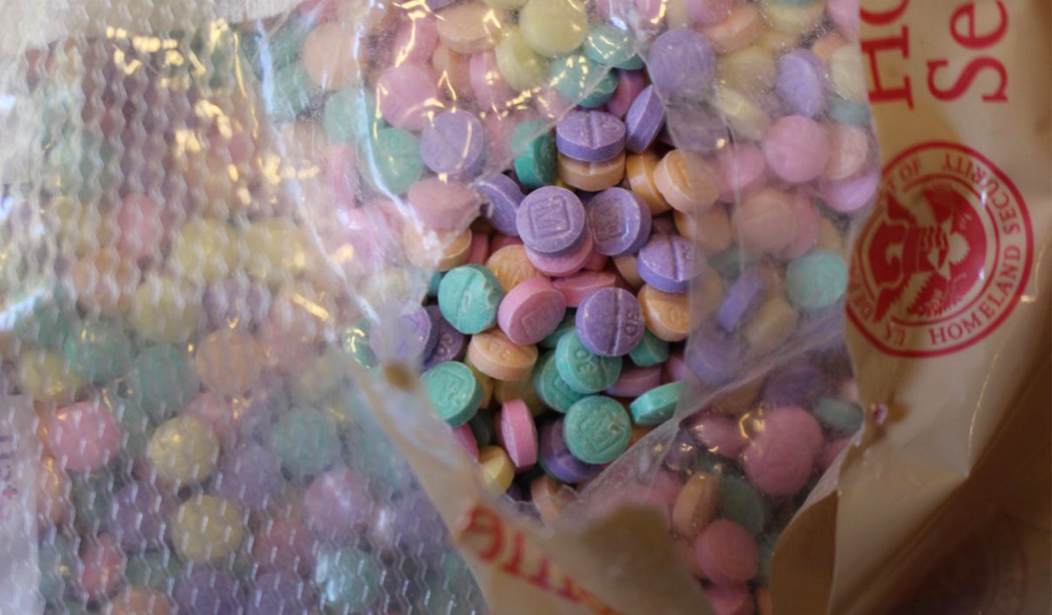The term “mass shooting” may not have a standard definition, but there are no shortage of attempts to keep track of how many take place in the United States from groups like the Gun Violence Archive, which is routinely cited by mainstream media as an authoritative voice on the number of mass shootings around the country. The FBI has their own definition of an active shooter, and their own count of active shooting incidents is far less than the number reported by GVA, but that’s a topic for another time.
What I want to know is why no one is doing the same when it comes to mass overdoses; which are likely far more common than mass shootings given that the number of drug-related deaths is more than twice that of all gun-involved deaths (homicide, suicide, and accidents/negligence)? According to the CDC (I know, I know) there were an estimated 108,000 drug overdose deaths in 2021 compared to an estimated 47,286 gun-involved homicides and suicides; a staggering number that has grown by leaps and bounds over the past couple of years as cartels and drug distribution networks have started using fentanyl in a number of other illicit drugs, from fake prescription pills to powder and crack cocaine. As the Washingon Post recently detailed in a very compelling report (credit where credit is due), fentanyl-related deaths have increased by almost 100% since 2019, and the drug is responsible for more than 2/3rds of all drug-related deaths.
Tens of thousands more Americans are dying from fentanyl than firearms; a fact that would no doubt stun many of us given the scant attention paid to this crisis in comparison to gun-related deaths by most media and politicians. When we do see stories about fentanyl, it’s often because someone who didn’t intentionally take the drug was harmed or killed; a toddler in their home, a baby in a public park, or a police officer exposed to fentanyl during a traffic stop. It’s rare to see “regular” overdose deaths make the news, however, even when there are multiple fatalities.
As the Post reports, however, mass overdose events are happening on a regular basis even if they rarely generate much news coverage. The Post investigation centers around a mass overdose event that left five people dead in Commerce City, Colorado, and the efforts of D.A. Brian Mason and law enforcement to bring charges against the sellers of the deadly fentanyl-laced cocaine.
The drug has challenged police and emergency responders as no other illegal narcotic has. A higher-potency batch can rapidly trigger a wave of overdoses, sending authorities racing to administer the opioid antidote naloxone, which can bring victims back from the brink of death. But fentanyl often kills before paramedics can arrive, especially in the case of users with no built-up tolerance for opioids.
Mason and the investigators knew that on Jan. 28, in another fentanyl poisoning, authorities had linked a string of deaths in D.C. to a bad batch of cocaine. The District’s police chief would later call the overdoses “probably the worst I’ve heard of.” In St. Louis, paramedics had returned again and again over a February weekend to an apartment complex where 11people overdosed and eightdied. All had smoked crack cocaine laced with fentanyl.
There would be more fentanyl mass poisonings in the next two months — at least seven separate instances resulting in 58 overdoses and 29 deaths. The drug is disproportionately killing Black people and Native Americans. In Cortez, Colo., three Native Americans died in a motel room. During spring break in South Florida, six young men, including five cadets from the U.S. Military Academy at West Point, overdosed but survived. Over an April weekend, 17 Black people in two D.C. neighborhoods overdosed, and 10 of them died.
The sheriff in Gadsden County, Fla., said that fentanyl “was not in my vocabulary” until police linked fentanyl-laced cocaine to at least six deaths and 10 nonfatal overdoses over a couple of days in July. “It hit us like a ton of bricks,” said Sheriff Morris Young.
… Law enforcement officials think many more mass poisonings have not been counted. But the U.S. government does not track mass-overdose events — not the DEA, the CDC or the White House Office of National Drug Control Policy.
Why not? I guess the first issue would be defining a mass overdose event; do you determine one based on a bad batch of drugs that kills individuals at multiple locations, or do you limit it to multiple overdose deaths at a single site, like the apartment in Commerce City where five people OD’ed on what they thought was cocaine? Maybe we should be tracking both, but it seems ridiculous to me that we have no idea how many of these events are happening, though there’s no denying that they’re on the increase.
The Washington Post did a genuine service with their reporting here, but it’s also time the media at large starts to treat the fentanyl epidemic with nearly the same importance and urgency that they bring to the criminal use of firearms. It might not fit their preferred anti-gun narrative to acknowledge that a product completely banned outside of medical settings is killing far more Americans than all 400-million lawfully-owned firearms every year, but that’s no excuse to largely ignore the issue.









Join the conversation as a VIP Member